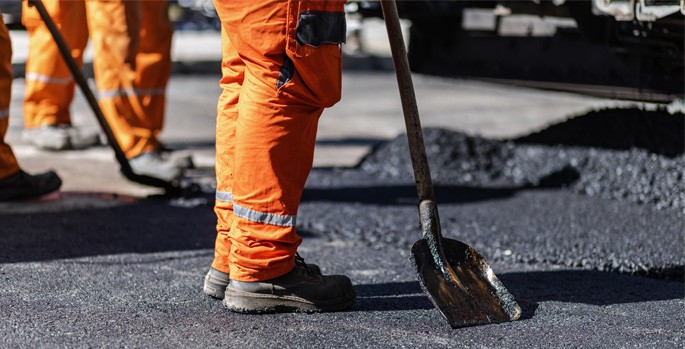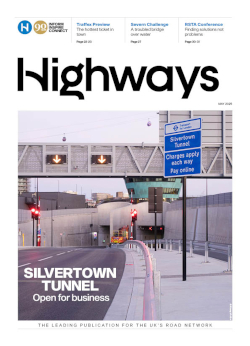The Road Surface Treatment Association (RSTA) and TyreSafe have partnered this month to help promote and embed the Safe System approach into road safety thinking.
By working together – with the RSTA focussing on ‘championing Safer Roads’ through the use of novel surface treatments and TyreSafe spotlighting tyre condition and maintenance – they hope to be better positioned to tackle the cause of road incidents from ‘multiple angles’.
The two organisations’ said that they recognise the importance of driver behaviour, infrastructure and vehicle condition to safe journeys.
The pair aim to help educate local authority engineers, contractors, and policy makers on the relationship between tyre performance and road surface selection.
They will also develop a joint programme of technical content, guidance and training, which they hope will support the wider adoption of surface treatments with high polished stone value (PSV) in high-risk locations.
The two organisations will also collaborate with the Institute of Highway Engineers (IHE) to create a new engineering-focused section on the TyreSafe website designed to help local authorities and professionals understand how tyre safety and surface design are fundamentally linked.
Research shows that both hot or cold-applied high-friction surfacing materials provide superior long-term grip and skid resistance when compared to conventional asphalts, RSTA said. These high PSV surfaces are particularly effective at points where frequent braking occur.
The RSTA and TyreSafe are also advocating for the use of both surface dressing and microsurfacing – including cold applied ultra-thin surfacing (CAUTS) – to polished road surfaces, as they can also restore texture and improve skid resistance.
TyreSafe research shows that a record 2.15 million vehicles failed their MOT due to tyre defects between 2023-24, an increase from the two million from the previous year.
Mike Hansford, chief executive of the RSTA, said: ‘This partnership reflects the essential truth that road safety is a system, not a single solution. Road surface characteristics – such as skid resistance and texture – are critical to helping drivers stop safely, especially in wet conditions.
'By specifying high-friction surfacing with superior PSV, particularly at junctions, crossings and other high-risk areas, local authorities can significantly reduce braking distances and prevent incidents. Working alongside TyreSafe, we aim to raise awareness and influence the engineering choices that ultimately save lives.’
Stuart Lovatt, TyreSafe chair, added: ‘This collaboration represents a vital shift in how we talk about road safety.
'A worn, underinflated or defective tyre simply cannot deliver the grip required if the road surface is compromised – and vice versa. That’s why this partnership with RSTA, and also with the IHE, is so important. By promoting a more integrated understanding of tyres and surface treatments, we can work towards a road network that truly supports safe stopping, vehicle control, and ultimately, fewer incidents.’
Image credit: Shutterstock @zoff






